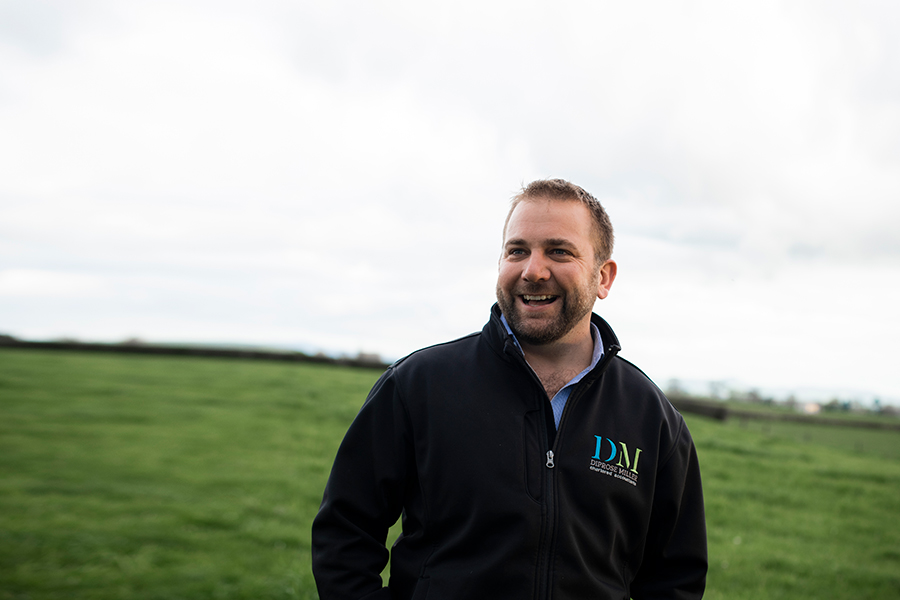
Four questions rural business consultants are often asked when clients are starting out in business for the first time are:
- What do I need to do first?
- Do I need a company or trust?
- What about tax?
- How can I obtain funding and ensure I don’t go broke?
In this article we outline the key differences in the most common operating structures (sole trader or partnership, company and trust) and the factors you need to consider when selecting which is right for you.
Sole trader or partnership
We’ll deal with these two options together, as the only difference is the number of people involved.
Legal status
The business and its owner(s) are treated as the same legal “person”.
Taxation
Profits are taxed in the names of the owner(s) at their personal marginal tax rate.
Succession
Complex.
Being the simplest of the common business structures it’s often the best option, especially if initial profits are low and there are few business assets involved. However, as the business and owner are legally treated as one and the same, this structure offers no protection for personal assets. Thus, if you select this structure, it’s important to hold appropriate business liability insurance.
This is also the default structure if a more formal structure (company or trust) is not created.
Company
Legal status
The business and its shareholder owner(s) are treated as separate legal entities.
Taxation
Companies are generally taxed at a flat rate of 28%, although a closely-owned company can elect to become a ‘Look through’ company for income tax purposes, where company profits are taxed in the same way as a partnership.
Succession
This can be relatively straightforward, with changes in ownership dealt with via a transfer of shares between shareholders without needing to move the individual assets and liabilities.
Companies pay a flat tax rate of 28% on profits retained by the company. However, when tax-paid profits are distributed to the shareholders (or on the winding up of the company) any difference between the company rate and the shareholders personal marginal rate will need to be paid.
Companies are a separate legal entity from the shareholders, so the personal assets of shareholders cannot be used to settle company debt, unless the shareholder has specifically provided them as security for company borrowing.
Companies are often the most flexible option when it comes to tax and succession planning.
Trust
Legal status
The business and its owner(s) are effectively treated as separate legal entities.
Taxation
Business profits are taxed at the flat trust tax rate of 33%.
Succession
Complex
Trusts are the least common option for a business structure and more commonly used for estate planning and asset protection. The most complex of the three structures we have discussed, the associated compliance and administration can be significant. If you’re thinking about setting up a trust for your business we suggest you discuss this with your Diprose Miller rural business consultant before taking any action.
Final thoughts
When choosing a structure for your business, it’s necessary to consider not just the tax and legal implications, but also the long term plans for the business and any eventual succession process. Will the business be passed to the next generation or sold off to a third party?
As a general comment from our rural business consultants, it’s worth noting that no structure is irreversible and changes can be made throughout the life of the business depending on the needs of the owners. Any change in structure needs to be discussed carefully, as there can be significant legal and tax implications.